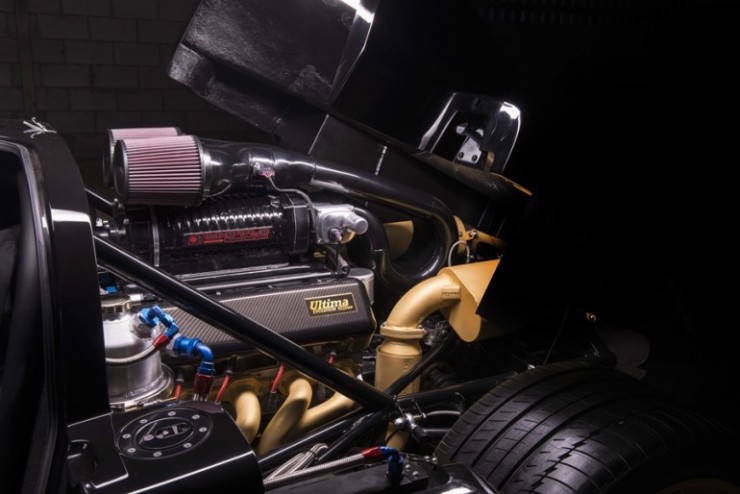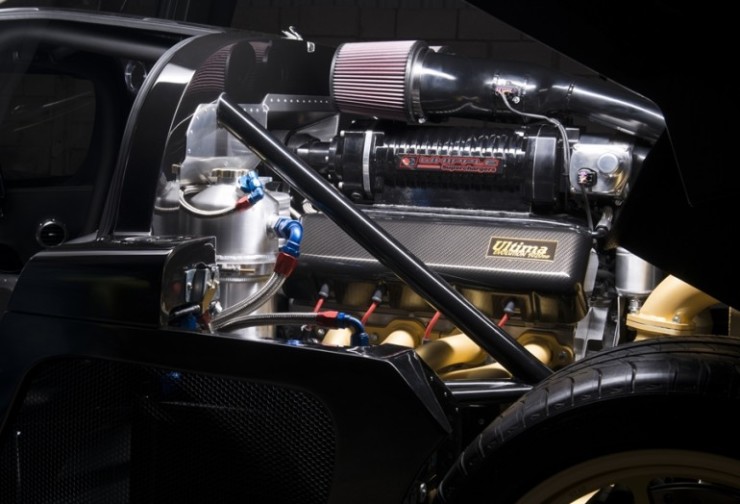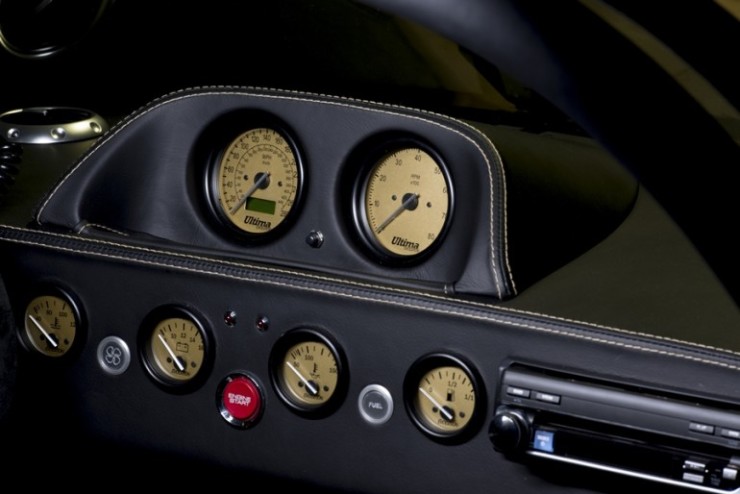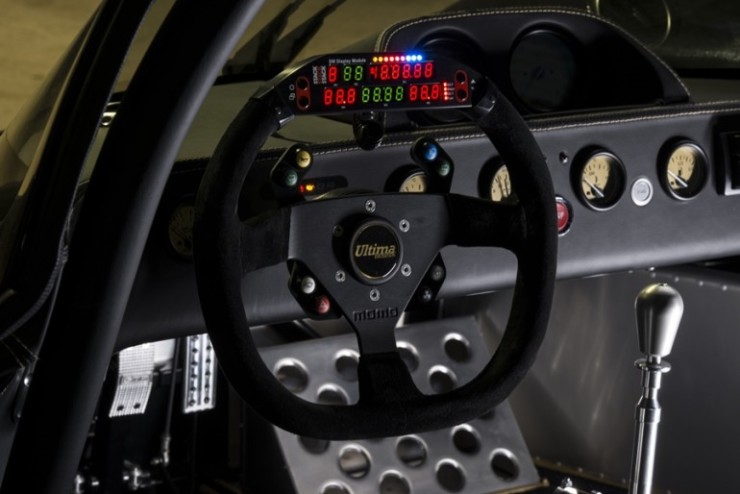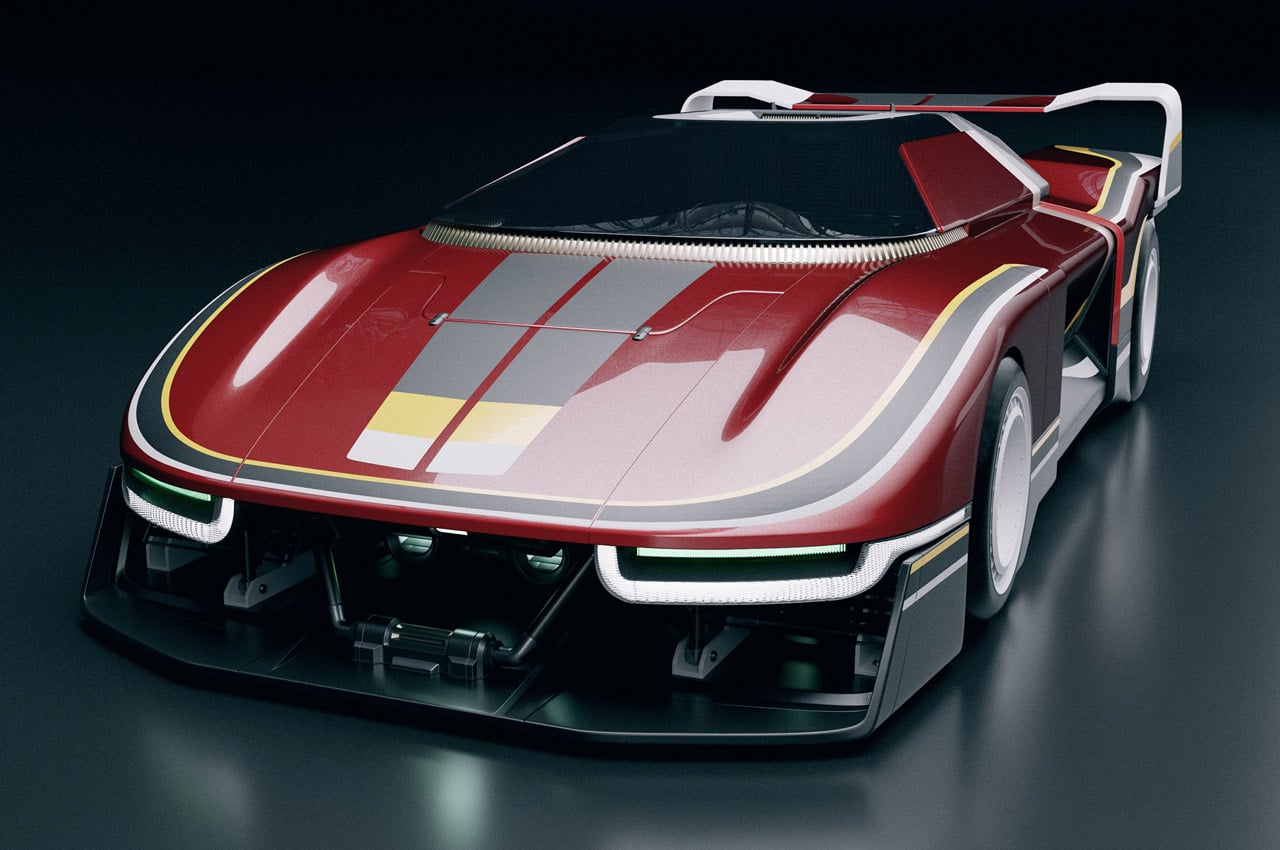
While we ride the sweeping rollercoaster of automotive concepts en route in our quest to find that holy grail creation, quite a few impress beyond any doubt. Coupes imagined in a decade’s time or sports cars running on 100 percent clean bio-fuel. But can you dare to imagine what’s the automotive landscape going to be like in five decades’ time?
The 2073 Gravitational Force Engine is a concept centered on the use of a revolutionary engine that uses an advanced mechanism to power the vehicles of 2073. Yes, that timeline is quite a long way off, and imagining the technological advancements by then is going to be mind-boggling!
Designer: Jack Junseok Lee
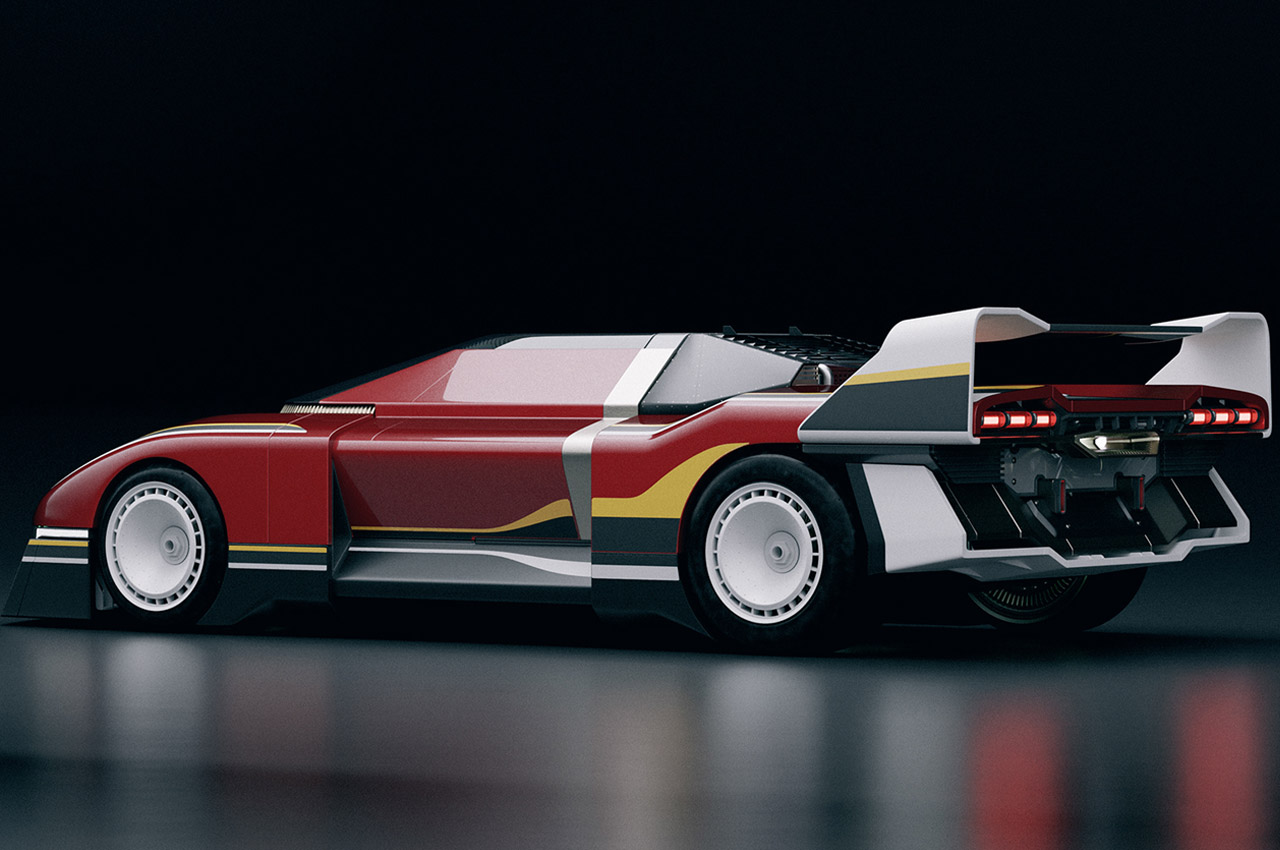
This concept engine design envisions our ability to extract the infinite sources of energy contained in black holes. This is done by using energy collectors loaded with electromagnetic fields and plasma containment fields into intense gravitational fields. The harnessed energy is collected and converted into stable concentrated power. As sci-fi as that may sound, the likelihood of us humans evolving into super-intelligent beings capable of harnessing such energy sources is very likely.
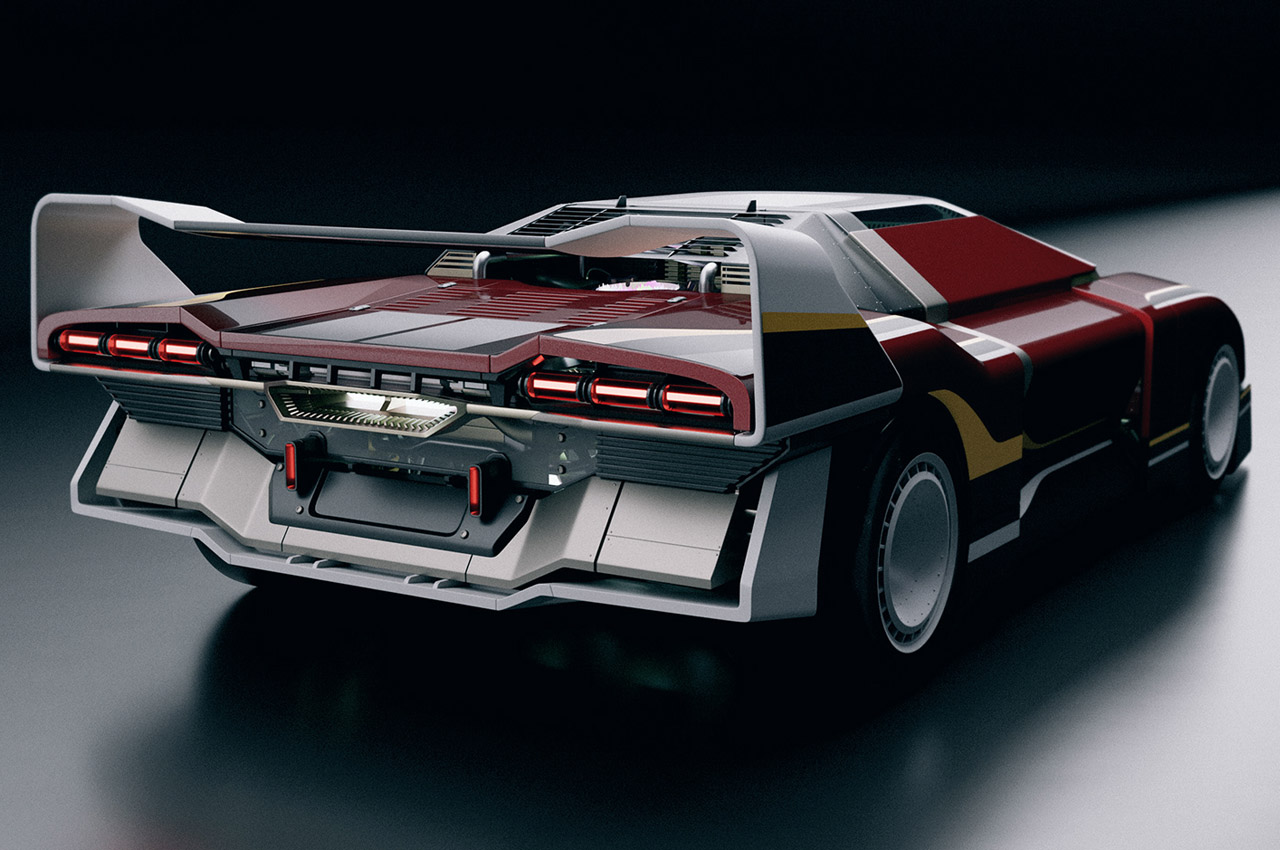
This abundant energy source will power the engines of our vehicles – be it on the road, under the ocean waters, or in the air. One such interesting four-wheeler will be this Back to the Future DeLorean-inspired sports car. The racer has a tell-tale dragster vibe with aerodynamic tuning for optimized drag reduction and keeping the machine glued to the racing surface.
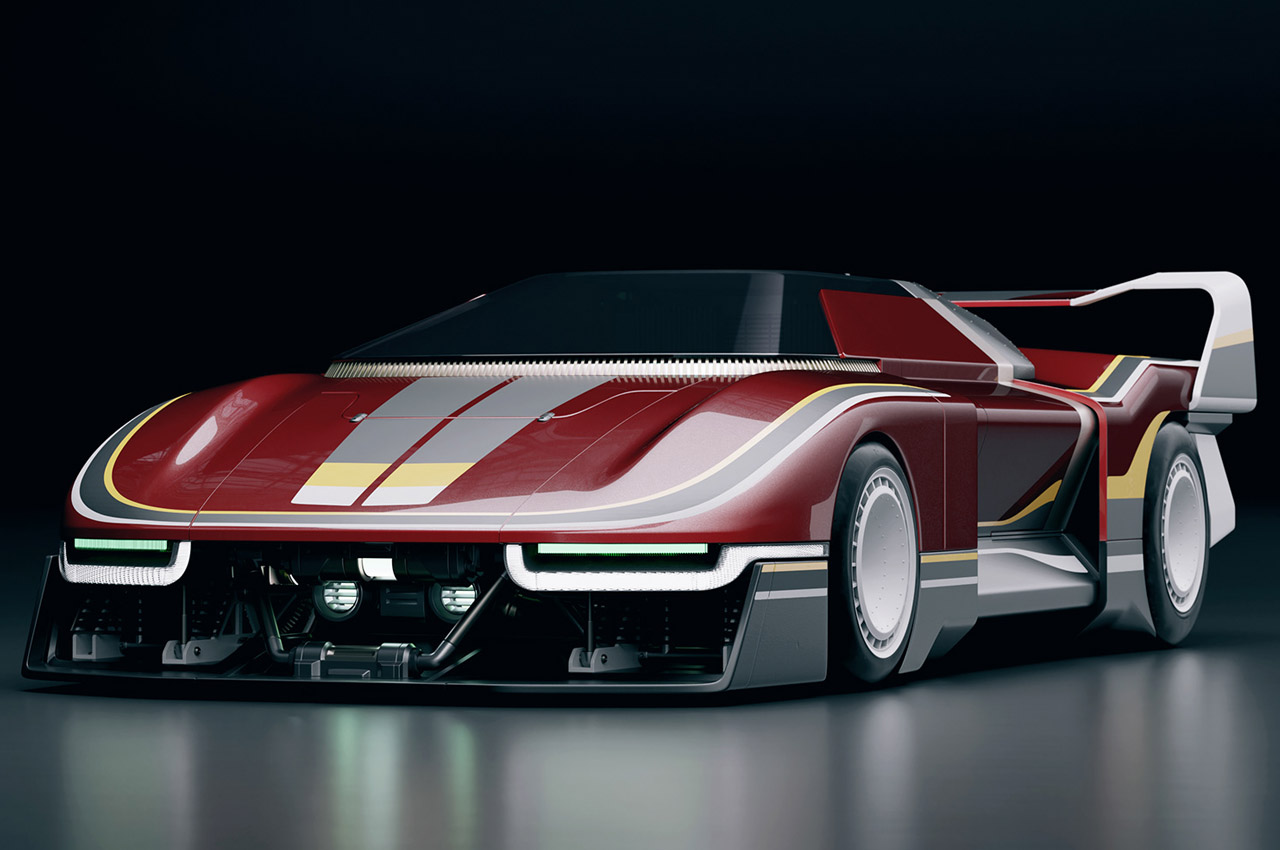
Since we are talking of a time 50 years in the distant future, the choice of colors and overall design aesthetics will also change. Jack believes the retro flavor is very much going to set the precedence. That typical 70s and 80s pop-culture influence is something I totally love. The front section looks like a flowing supercar – Ferrari SF90, McLaren MP4-12C or the Porsche 918 Spyder are the closest visual parallels I can draw right now. The rear with that oversized spoiler and the exhaust is an absolute stunner on this baby that I instantly want to push on a high-speed circuit.
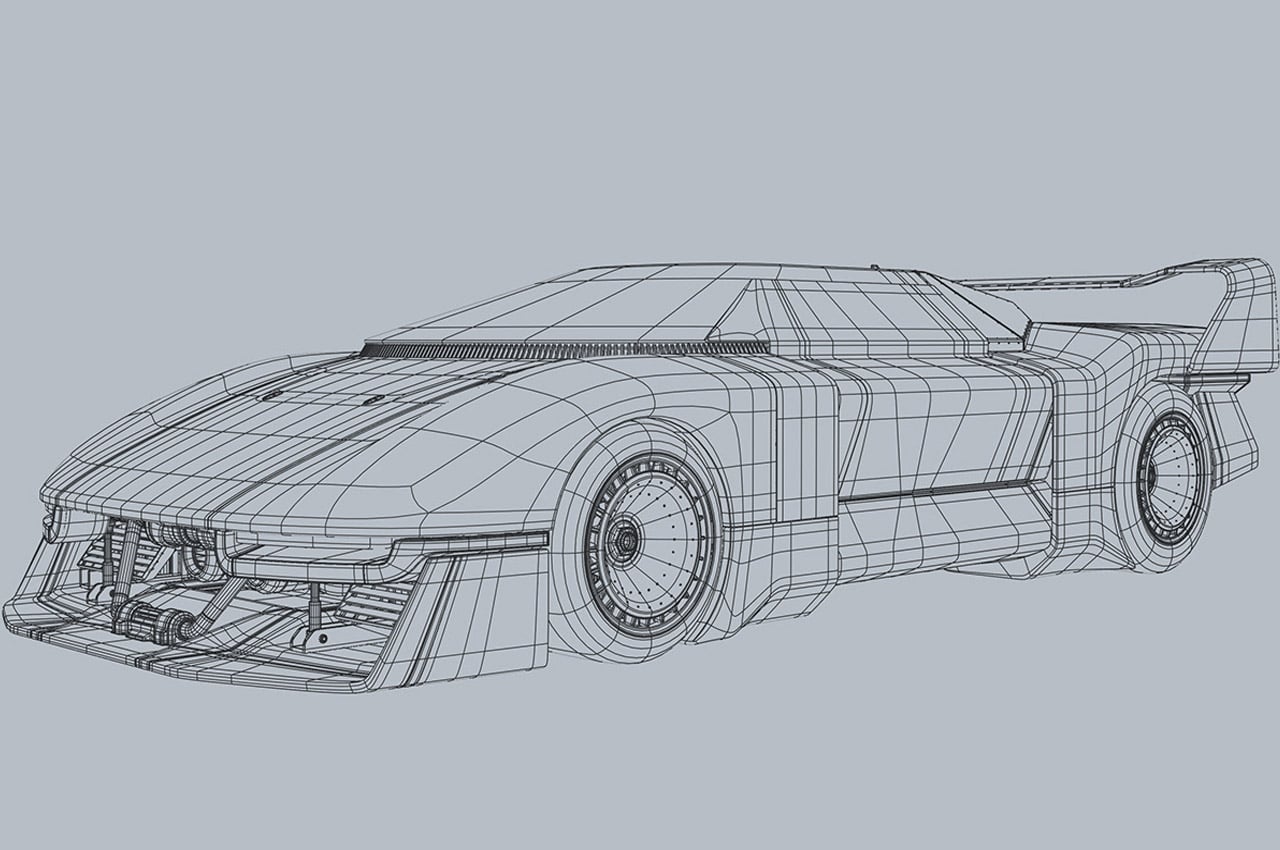
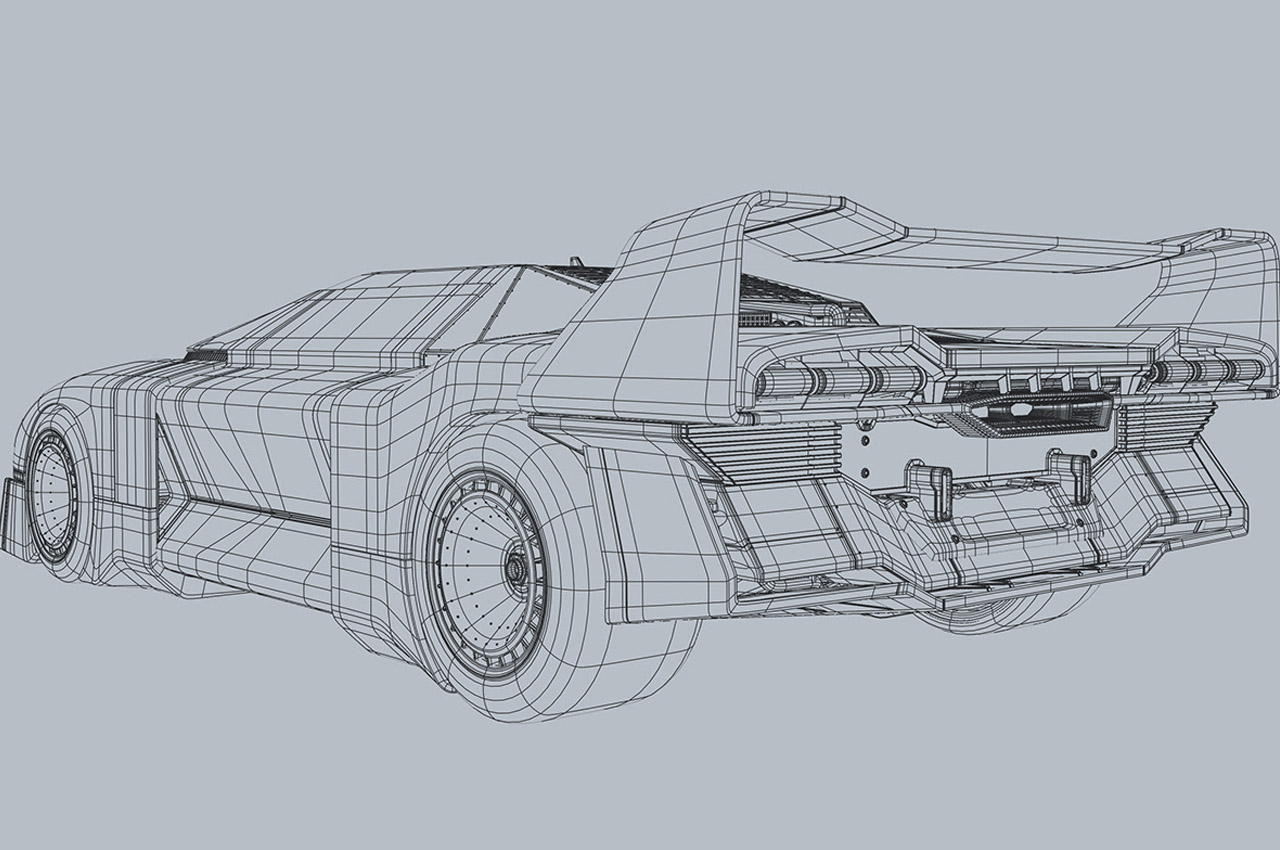
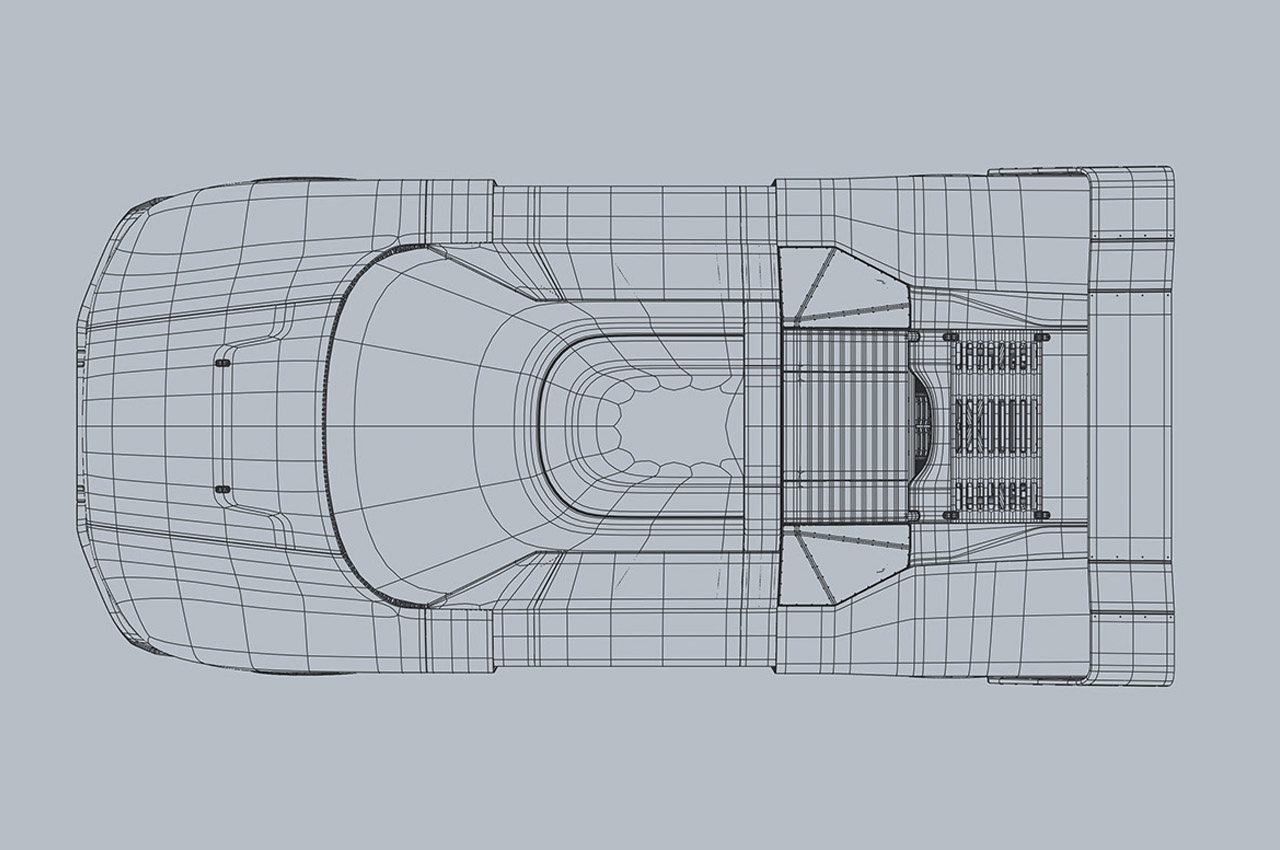
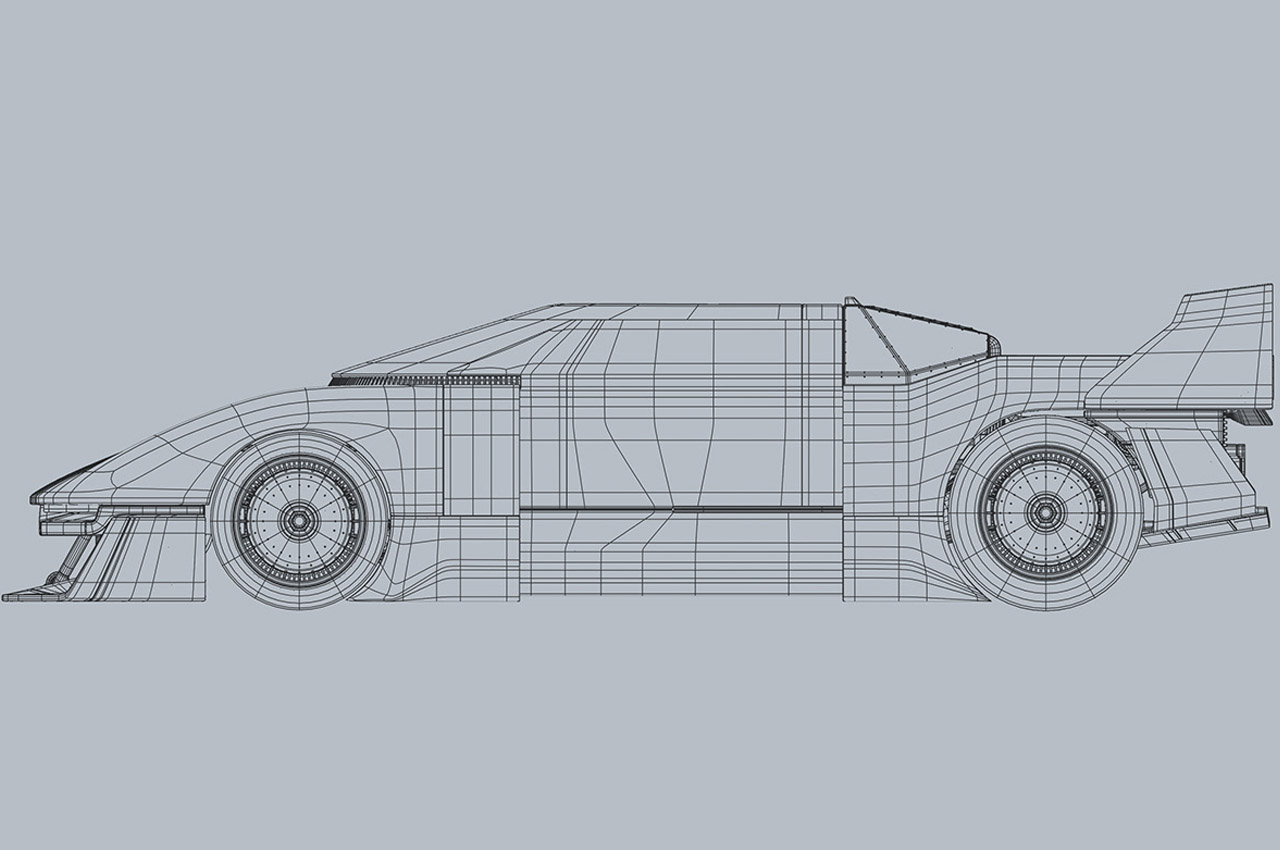
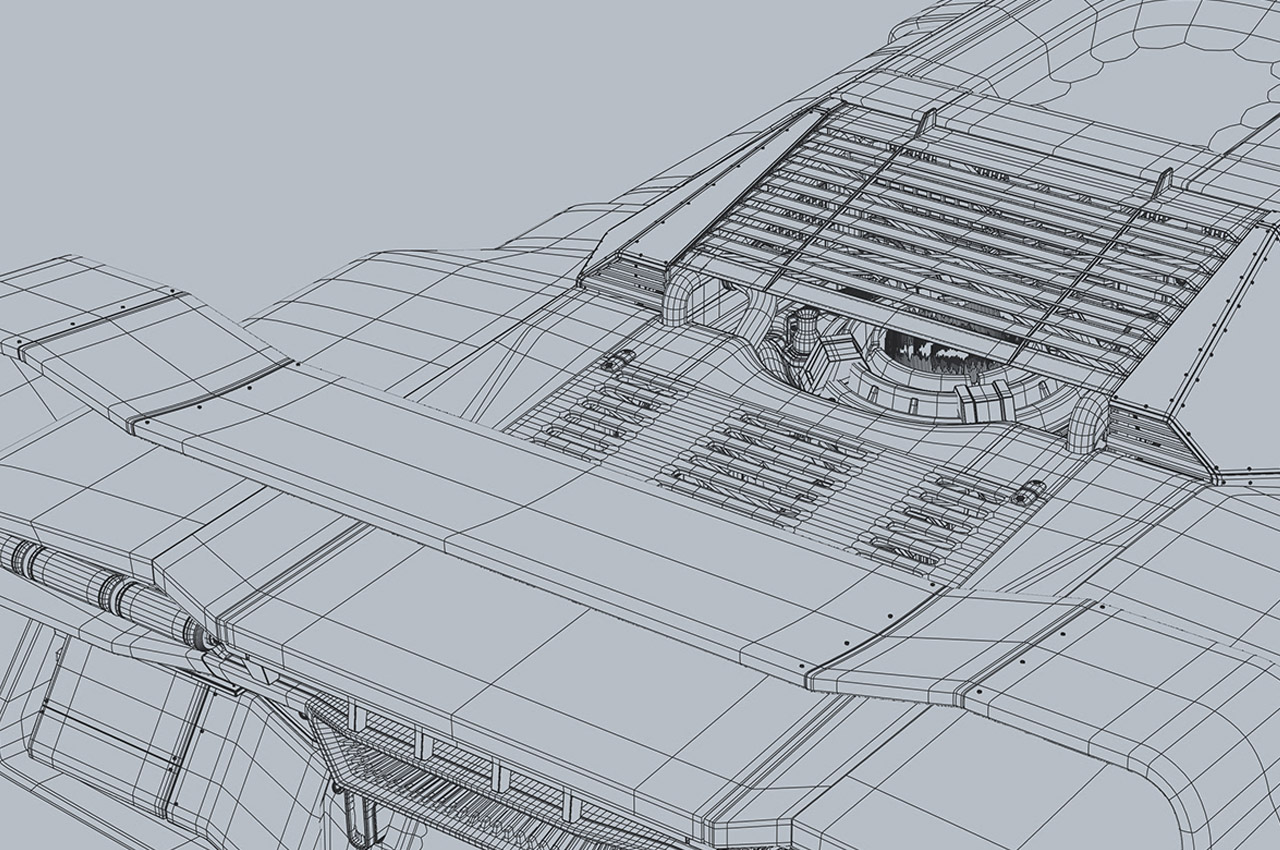
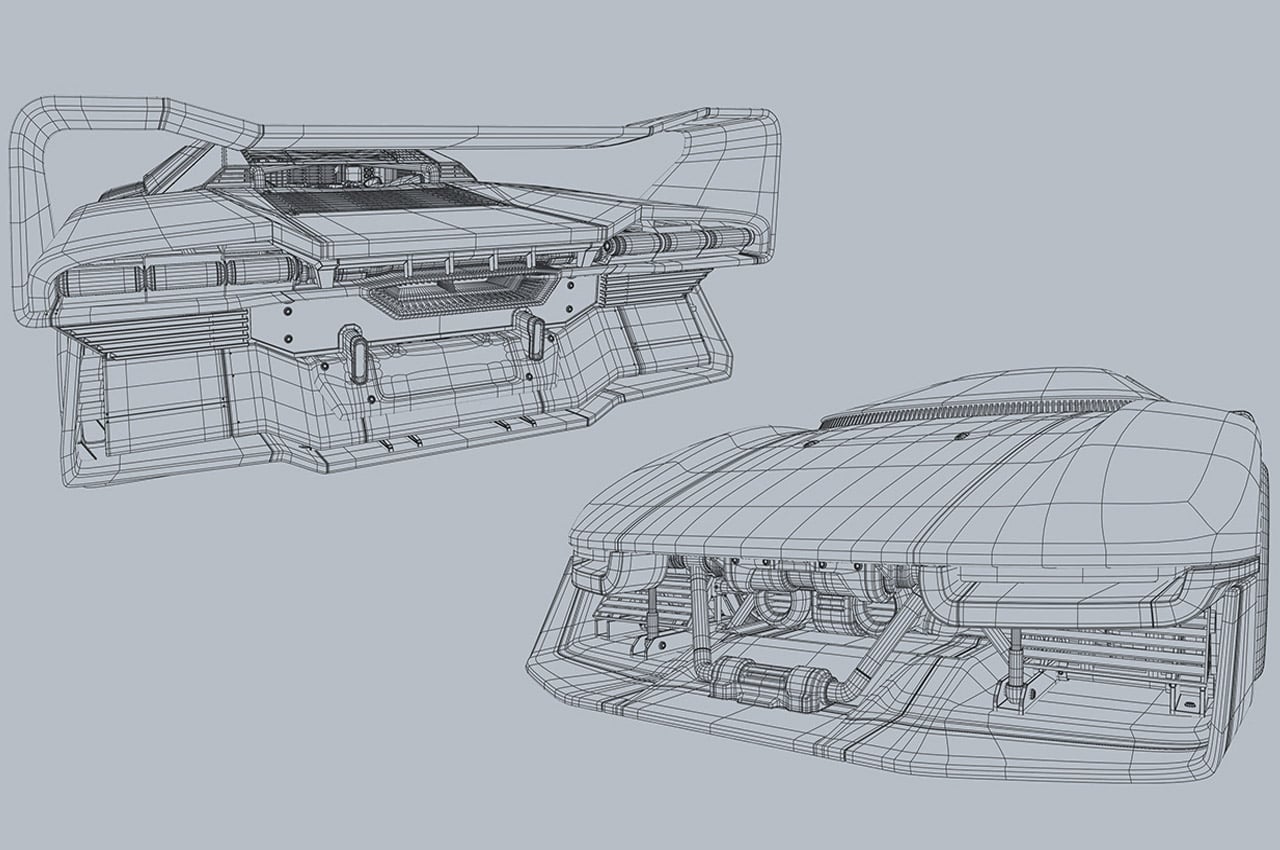
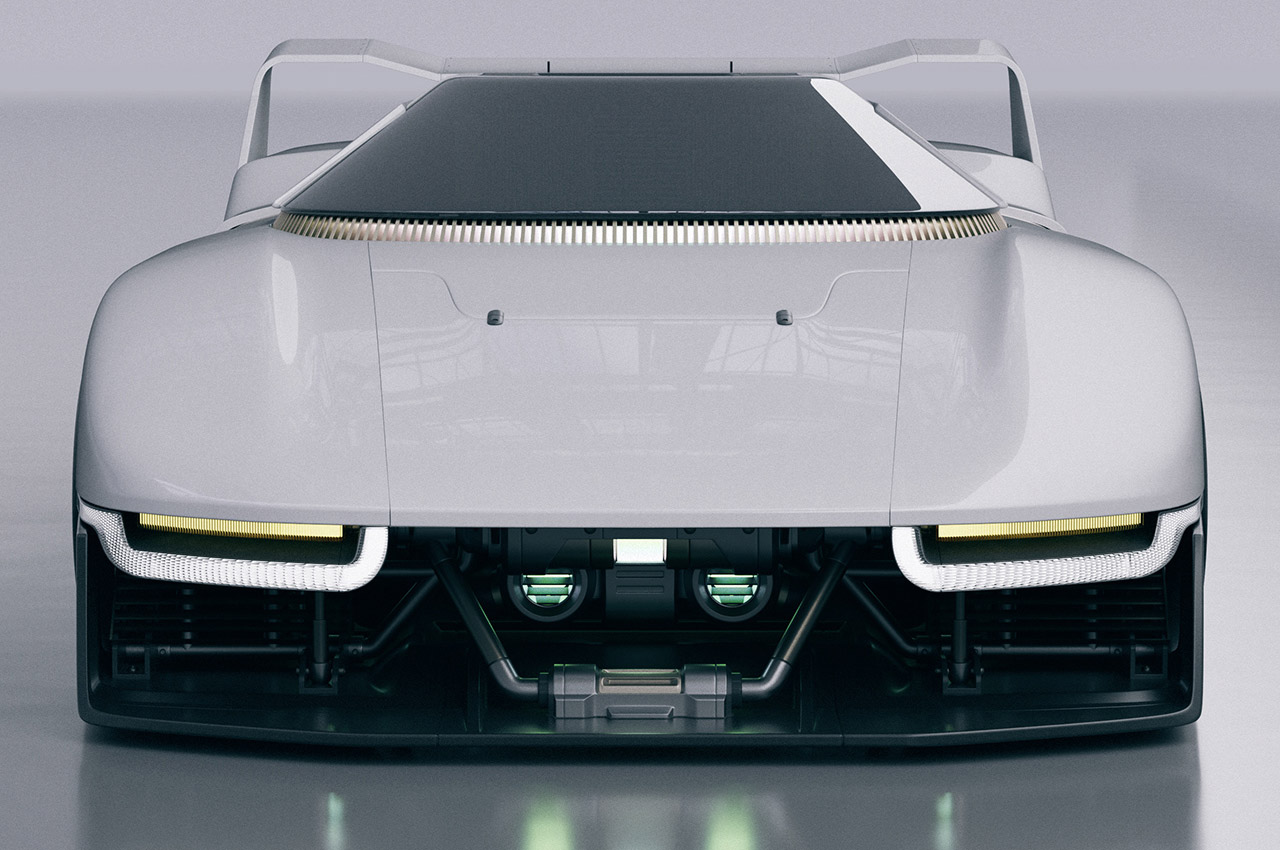
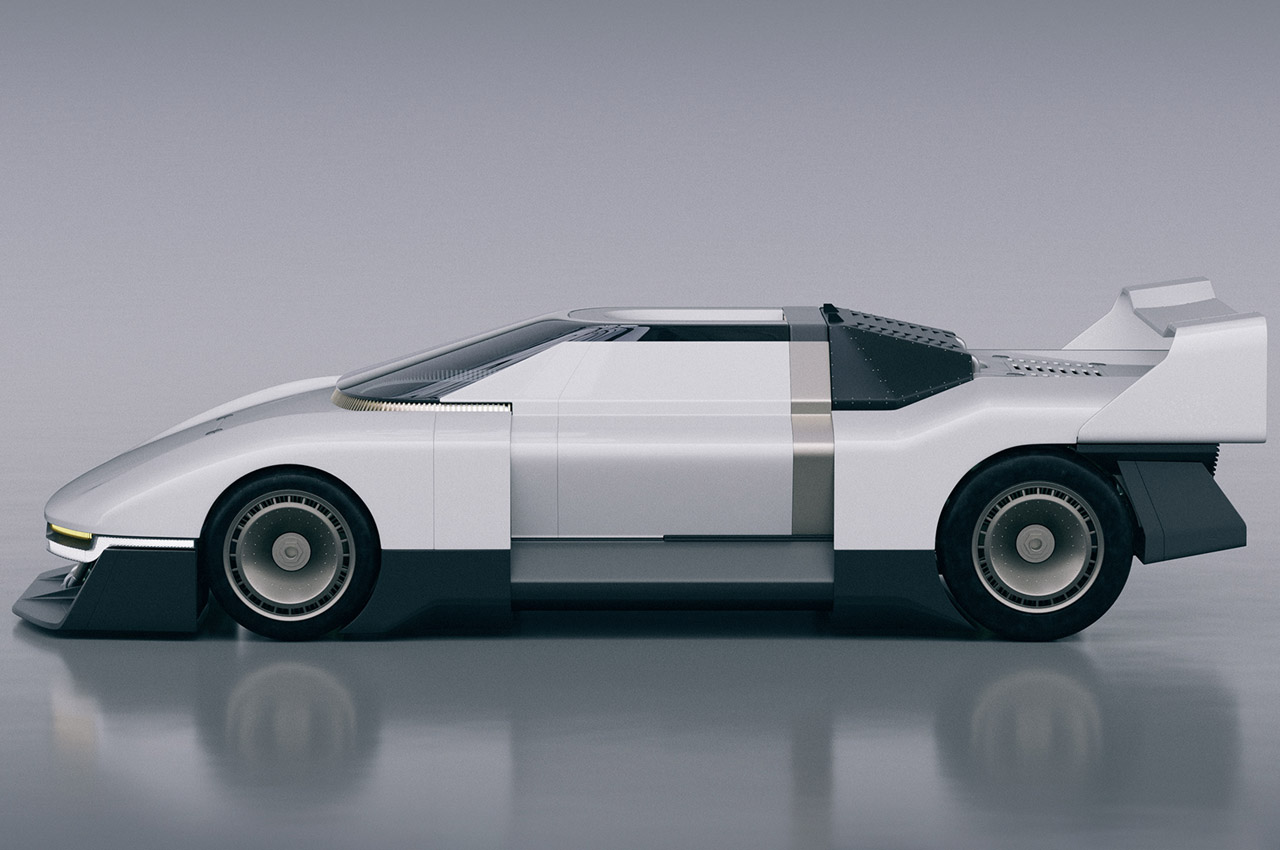
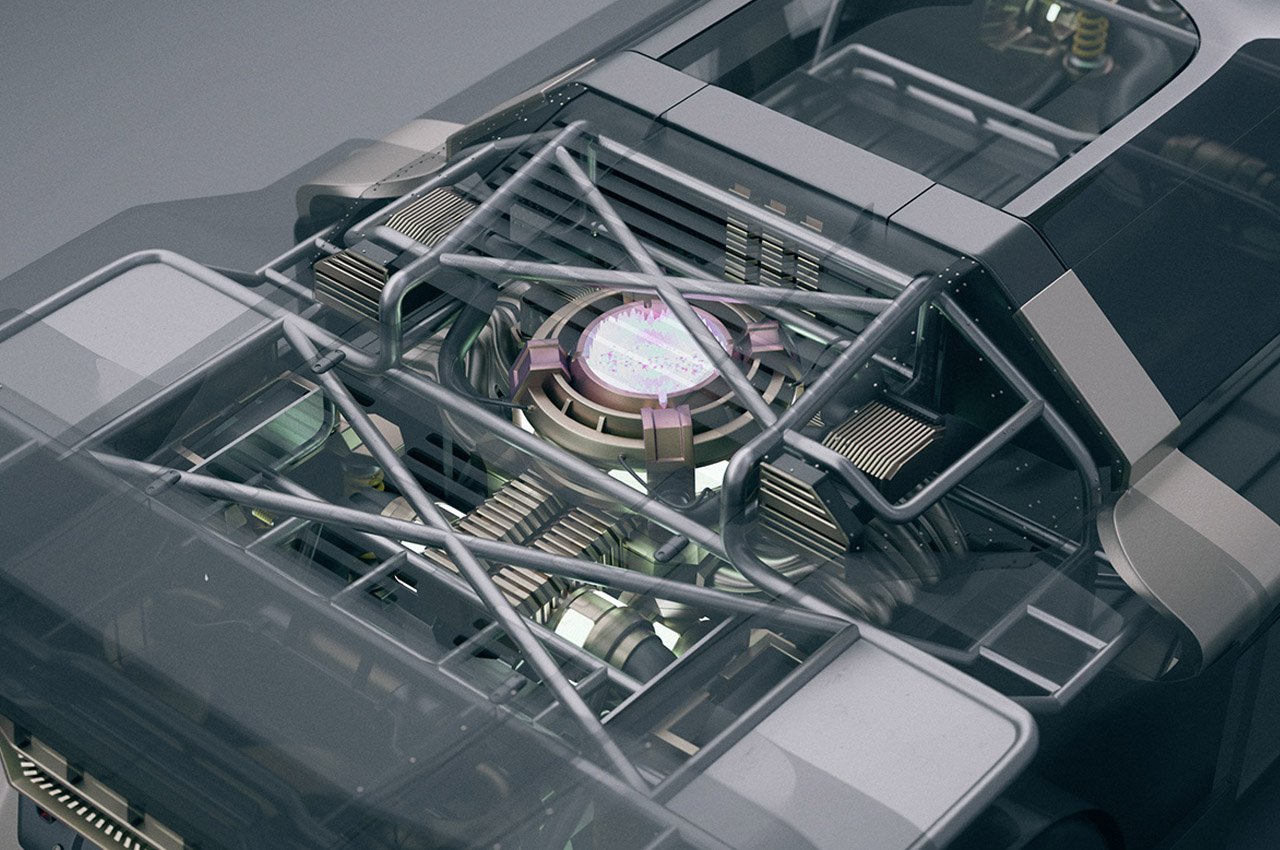
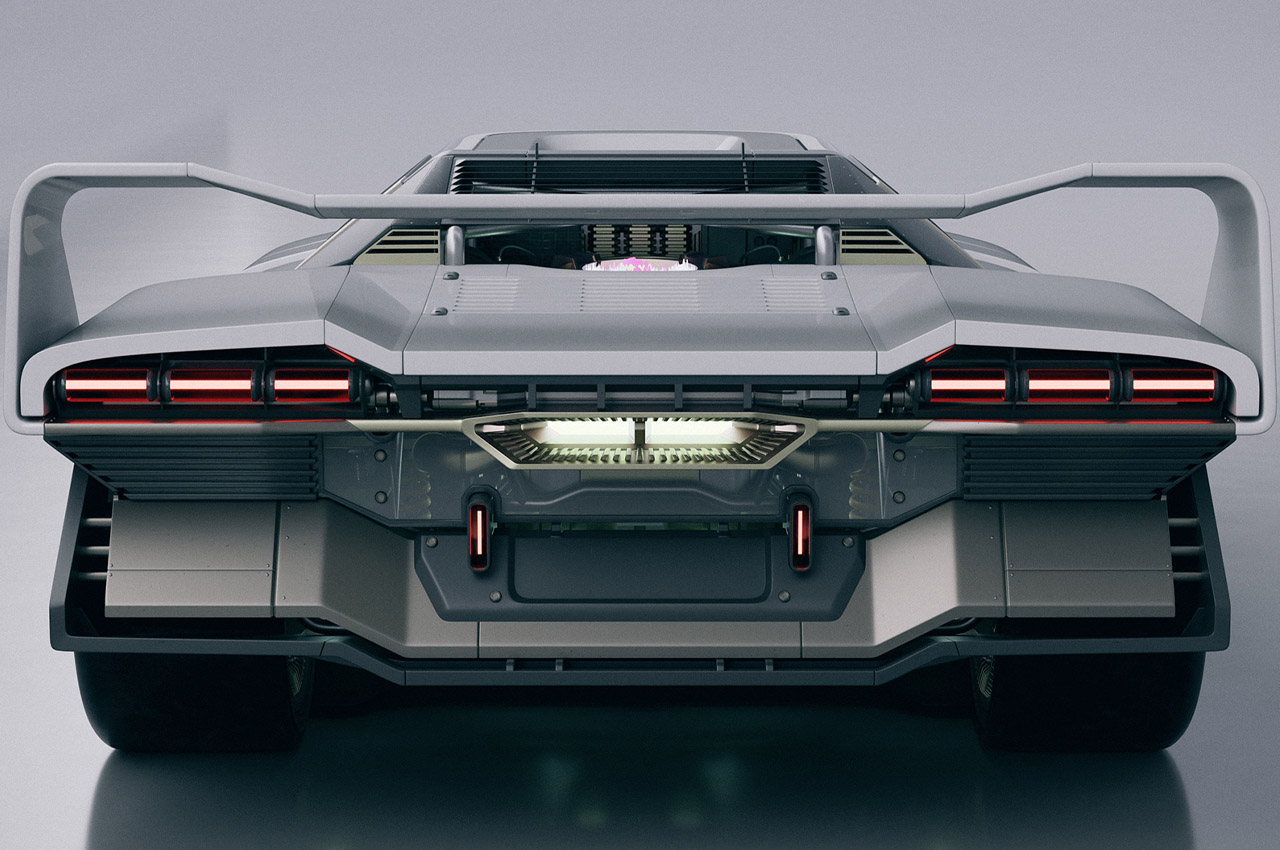
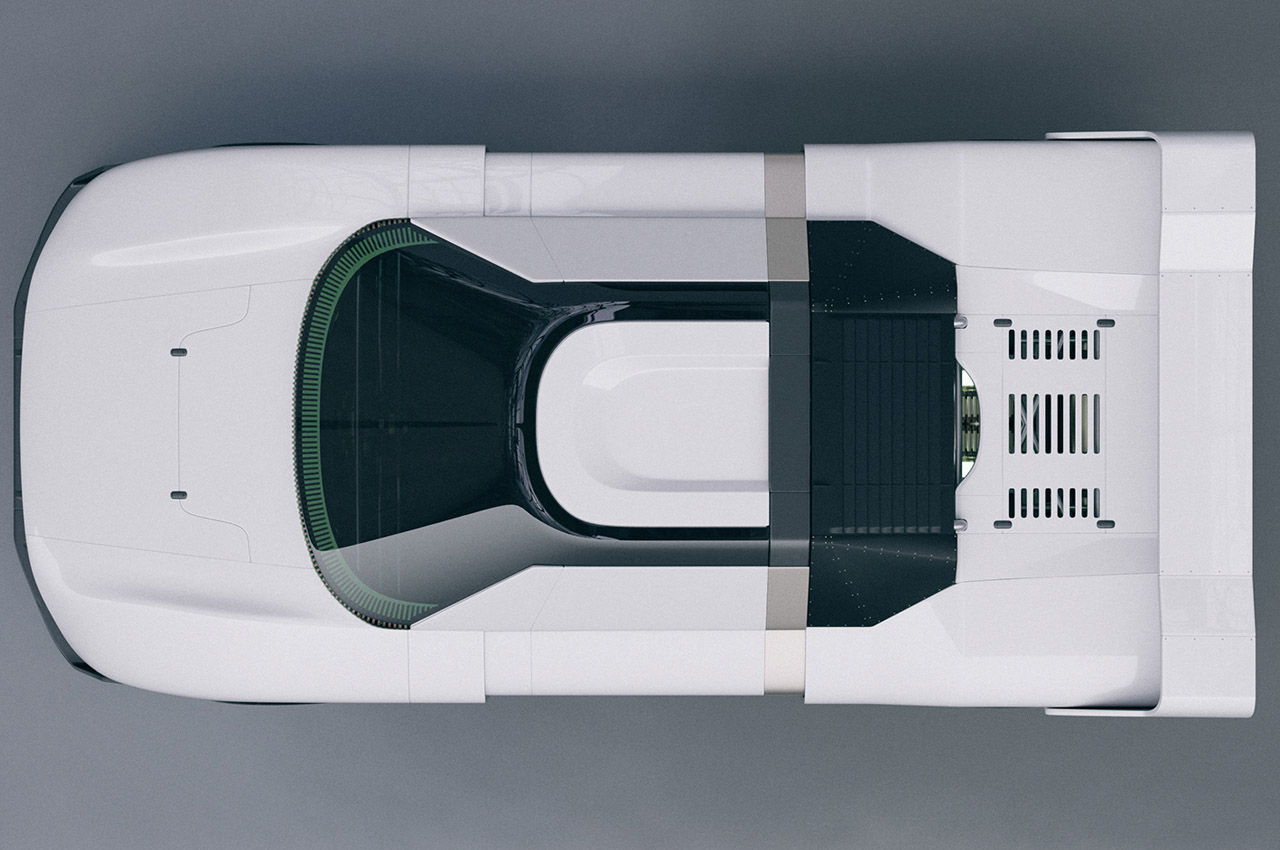
The post This hyper-realistic plasma energy-powered supercar kills with its retro-modern persona first appeared on Yanko Design.
 Most of us will never have the cash for a supercar, but we still want them to look cooler and go faster every year. At the 2019 Geneva Motor Show, automakers were happy to accommodate, with a fresh crop of electric and gas-powered super- and hype...
Most of us will never have the cash for a supercar, but we still want them to look cooler and go faster every year. At the 2019 Geneva Motor Show, automakers were happy to accommodate, with a fresh crop of electric and gas-powered super- and hype...





